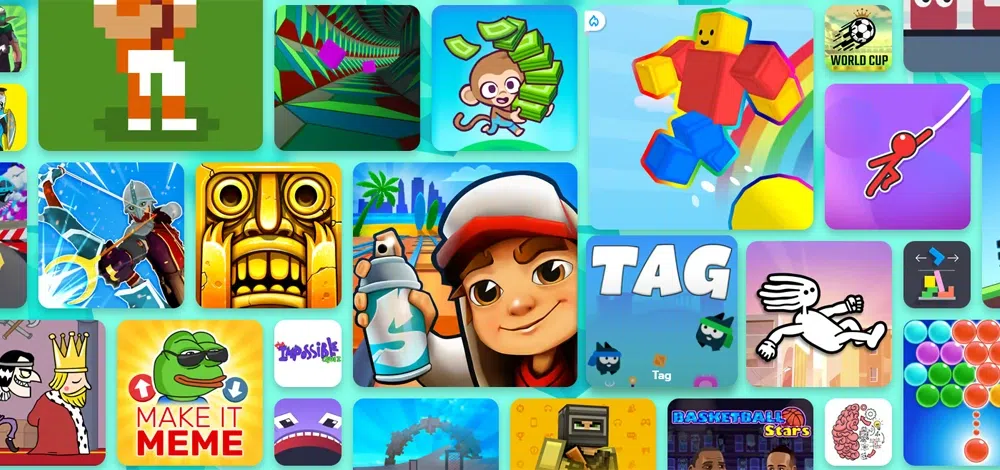The world of gaming in the early 1990s and 2000s was a vibrant and exciting place, offering kids a unique blend of creativity, strategy, and entertainment. As an educator, it’s fascinating to look back at these classic games, not only for their entertainment value but also for the skills they encouraged—problem-solving, critical thinking, and even basic coding concepts. Introducing today’s kids to these games can be a fun and educational experience, allowing them to appreciate the roots of modern gaming.
1. Super Mario Bros. (1985)
Although it debuted in the late 80s, *Super Mario Bros. remained wildly popular throughout the 90s and beyond. This iconic platformer, with its simple yet challenging gameplay, taught kids about perseverance and timing as they guided Mario through levels to rescue Princess Peach.
2. The Oregon Trail (1971, various versions through the 90s)
Originally developed in the 70s, The Oregon Trail became a staple in classrooms in the 90s. This educational game put players in the shoes of 19th-century pioneers, teaching them about history, resource management, and the challenges of survival on the frontier.
3. Sonic the Hedgehog (1991)
Sonic the Hedgehog was Sega’s answer to Mario, featuring a blue hedgehog with super speed. The game’s fast-paced levels and vibrant graphics made it a hit, and it encouraged players to think quickly and react on the fly, a skill that remains crucial in many modern games.
4. Pokémon Red/Blue (1996)
The Pokémon series began with Red and Blue versions on the Game Boy, sparking a global phenomenon. This RPG taught kids about strategy and resource management as they captured and trained Pokémon, aiming to become the Pokémon Champion.
5. Tetris (1984)
Tetris is one of the most well-known puzzle games of all time. Its simple yet addictive gameplay of fitting falling blocks into place helped kids develop spatial reasoning and problem-solving skills. Even today, it’s a fantastic way to sharpen the mind.
6.The Legend of Zelda: Ocarina of Time (1998)
Considered one of the greatest video games of all time, Ocarina of Time was a 3D adventure that pushed the boundaries of what games could be. With its open world, intricate puzzles, and compelling story, it taught players about exploration and perseverance.
7. Street Fighter II (1991)
Street Fighter II defined the fighting game genre and became a global arcade sensation. It encouraged hand-eye coordination, quick thinking, and a deep understanding of each character’s strengths and weaknesses. Playing against friends also taught sportsmanship.
8. Crash Bandicoot (1996)
This 3D platformer was one of PlayStation’s flagship titles. Crash Bandicoot combined humor, challenging levels, and memorable characters, offering kids a fun way to improve their reflexes and problem-solving abilities as they navigated various levels.
9. Tomb Raider (1996)
Tomb Raider introduced players to the daring archaeologist Lara Croft. With its mix of exploration, puzzle-solving, and action, the game inspired a generation of players to think critically and explore virtual environments that required both brains and brawn.
10. The Sims (2000)
The Sims allowed players to create and control virtual people, managing their lives, homes, and relationships. This game was not only entertaining but also educational, as it introduced players to the concepts of time management, social interaction, and strategic planning.
Why Introduce These Games to Today’s Kids?
Many of these classic games are still accessible through remakes, re-releases, or emulators. Introducing kids to these titles can provide them with a unique perspective on how gaming has evolved over the years. These games were simpler in terms of graphics and mechanics, but they offered deep gameplay experiences that remain relevant today. They also encouraged creativity, problem-solving, and strategic thinking—skills that are essential in both gaming and real life.
Moreover, these games represent a piece of history, showing how technology and storytelling have advanced. By exploring these classic games, kids can gain an appreciation for the roots of modern gaming and the innovations that have shaped the industry. So, whether it’s guiding Mario through the Mushroom Kingdom, catching Pokémon, or building a life in The Sims, these old-school games offer timeless fun and learning opportunities for the new generation.















